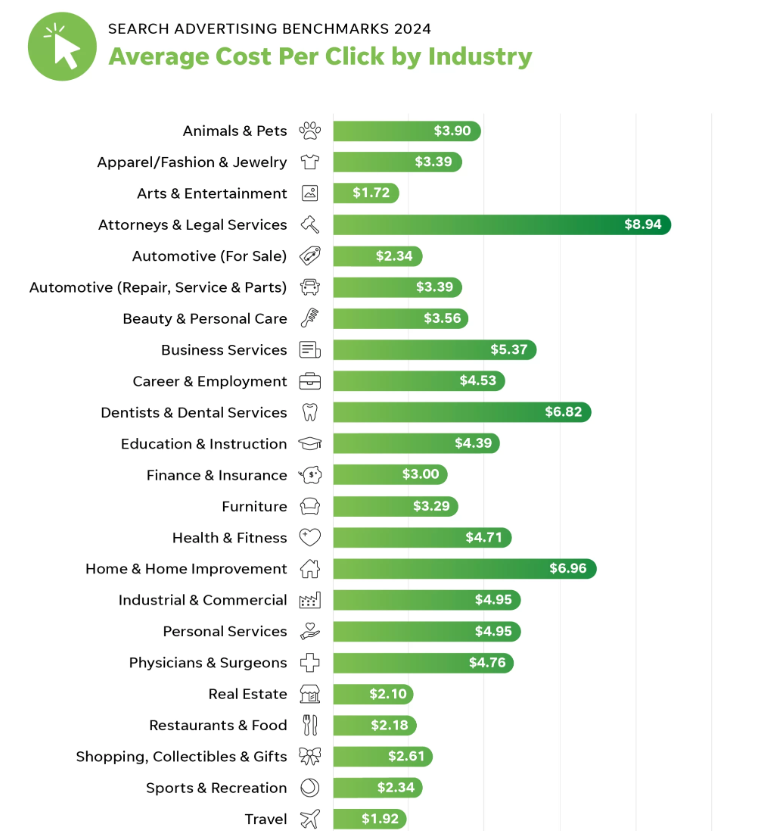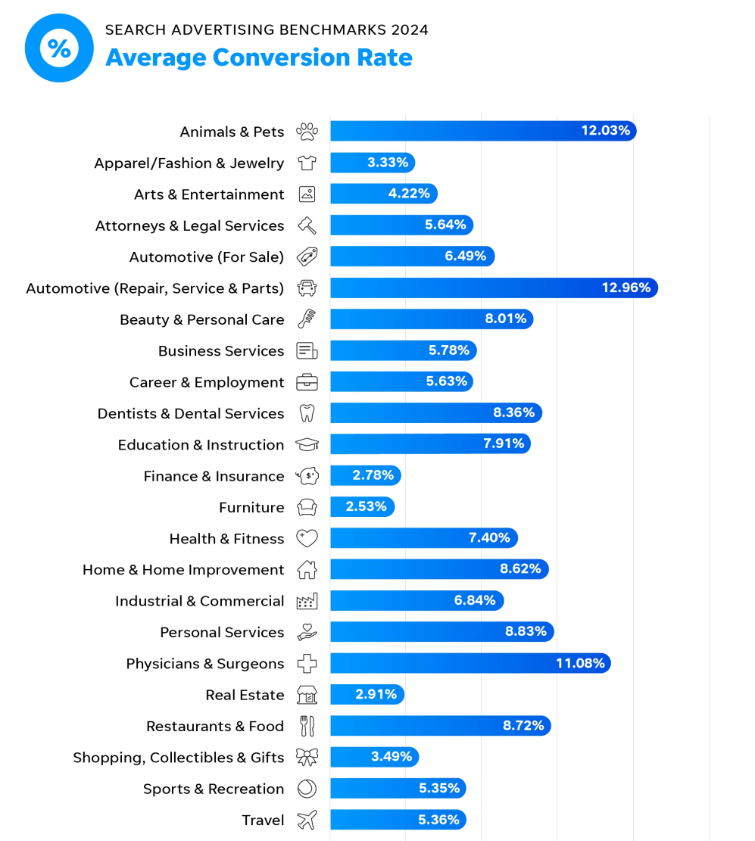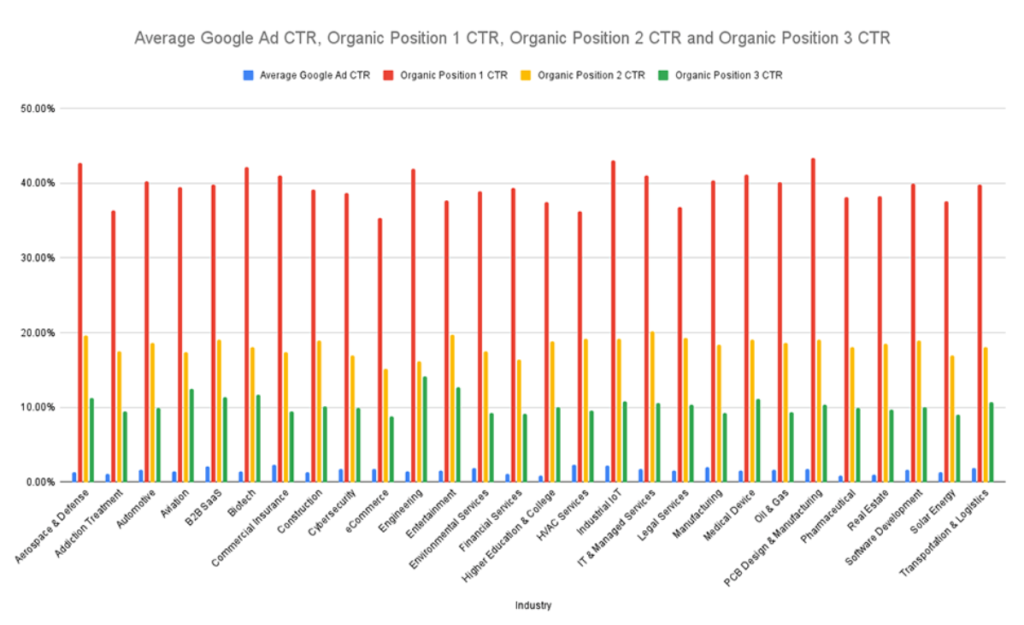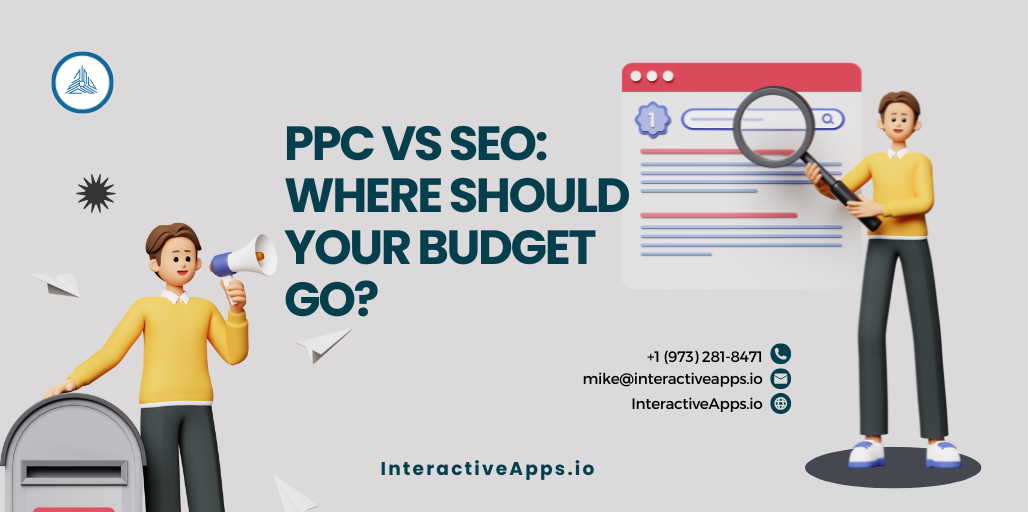When it comes to getting attention online, two things usually pop up—PPC and SEO. One works fast but costs money. The other takes time but builds long-term value. Both have their place, and both pull weight in different ways.
Marketers, business owners, and side hustlers often face the same puzzle. Where should the money go? Pour into paid ads and chase clicks, or build up organic content and wait for results?
This is more than just a money talk. It’s a strategy choice. It’s about control, patience, and payoff.
Let’s walk through this with clarity. Facts first. No fluff.
What PPC Actually Does
PPC stands for pay-per-click. You run an ad, someone clicks, and you pay.
Simple.
This works through platforms like Google Ads, Facebook Ads, LinkedIn, and others. You bid for attention. You set a budget, pick a target, and your ad shows up.
What You Get With PPC
- Speed: You can launch today and see traffic in hours.
- Control: You pick the audience, the message, and when it shows.
- Top of Page: Your ad appears before organic results.
- Data: Every click gets tracked. You see what’s working in real time.
What You Pay
According to WordStream’s 2024 data, the average cost per click (CPC) on Google Search is around $2.69, but it jumps in competitive sectors:

- Legal: $8.94
- Finance and Insurance: $3.00
And that’s per click. Not per sale.
The average conversion rate across industries? Just 6.96% for search ads.

So if 100 people click your ad, about 7 will take action—whether that’s a form fill, purchase, or signup.
What SEO Actually Does
SEO stands for search engine optimization. It’s all about earning your spot on Google’s results page by creating quality content, building trust, and making your site easy to crawl and understand.
No paying for clicks. No bidding. You rank based on merit.
What You Get With SEO
- Long-Term Growth: Once you rank, you stay there with upkeep.
- Trust: Users click organic results more than ads. BrightEdge says organic drives 53% of all web traffic.
- Cost-Efficiency: No charge per click. Just the cost of content and time.
- Compounding Value: One good blog post can keep bringing in visitors for years.
What You Pay
The price of SEO varies. If you hire someone to do it, you’ll likely pay between $1,000 and $5,000/month for solid work. You can do it yourself, but it takes time—lots of it.
And it’s slow. According to Ahrefs, 95% of pages never make it to page one, and the average time to rank in the top 10 is over two years for new content.
But once you’re there, the returns are real.
PPC vs SEO: Key Differences in Practice
Let’s break down how these two stack up in the real world:
| Metric | PPC | SEO |
| Speed | Immediate | Slow (3-12 months) |
| Cost | Ongoing per click | Upfront or monthly investment |
| Control | High (ad copy, targeting, schedule) | Low (depends on Google, algorithms) |
| Longevity | Stops when budget ends | Keeps working with maintenance |
| Click-Through Rate (CTR) | Lower (1.91% avg) | Higher (27.6% for position #1) |
| Trust | Lower (users know it’s an ad) | Higher (seen as earned) |
When PPC Makes Sense
Now, PPC is not bad. Far from it. It’s just sharp and short-term.
Use it when:
You’re Launching Something New
Have a new product, service, or event? PPC gets the word out fast.
You Have a High-Margin Offer
If your product costs $500 and a click costs $3, that math can work out—especially if even 2 out of 100 buy.
You Need Results This Quarter
Quarterly targets don’t wait for organic growth. PPC delivers now.
You’re Testing Messages
Want to see what headlines, offers, or visuals work best? PPC is a fast way to gather real-world data.
When SEO Makes Sense
SEO is the patient’s choice. But it’s the strong one.
Use it when:
You’re Building Authority
Over time, SEO builds your reputation. Google starts trusting you. So do people.
You Have Helpful Content to Share
If you can explain things well or answer common questions, SEO lets you do it once and get rewarded for years.
You Want Compounding Traffic
The beauty of SEO is that it stacks. One post might bring in 300 visits a month. Ten posts? That’s 3,000. And they don’t vanish if you stop paying.
You’re Playing the Long Game
If you’re building a brand for the next 5–10 years, organic growth is worth every second.
Real-World Example: Two Brands, Two Paths
Let’s look at two fictional companies:
Brand A – Fresh Juice Subscription
They use PPC to get quick traffic. Their cost per click is $1.75, and their conversion rate is 5%.
They spend $3,000 per month. That gets them:
- 1,714 clicks
- Around 86 signups
- Customer acquisition cost: $34.88
They make $50 per customer per month. With a 3-month average lifespan, that’s $150 revenue per customer. That’s $12,900 in revenue from a $3,000 spend. Not bad.
But when do they stop running ads? The traffic stops.
Brand B – Fitness Blog with Coaching
They invest in SEO. Monthly budget: $3,000 for content and optimization.
The first 6 months are slow. By month 9, their blog gets 25,000 visits/month.
With a 2% conversion rate to coaching inquiries, that’s 500 leads.
If they close even 10% of those into paying clients at $200/month, that’s $10,000/month in revenue. And that blog keeps going.
Different paths. Both work. Just depends on what you want.
Blended Strategy: Not Either/Or
The best strategy often isn’t a choice between the two. It’s knowing when to use each tool.
A survey by Search Engine Journal in 2023 showed that 63% of marketers use both SEO and PPC together. They don’t compete—they complement.
Use PPC To:
- Kickstart traffic
- Test new ideas
- Push time-sensitive offers
- Fill the gaps when SEO lags
Use SEO To:
- Build evergreen visibility
- Lower your acquisition costs over time
- Create depth and trust
- Attract consistent, organic leads
Together, they build a funnel. PPC gets attention fast. SEO keeps the engine running.
Budgeting: How to Split the Spend
There’s no magic formula, but here’s a smart way to start:
- New Business: 70% PPC, 30% SEO
You need results fast. But start planting seeds. - Established Site, Low Traffic: 60% SEO, 40% PPC
Time to fix the foundation while still reaching people. - High-Traffic Site, High Competition: 50/50
Keep SEO strong and use PPC to stay visible. - Mature Brand with Organic Momentum: 30% PPC, 70% SEO
Ride the organic wave but stay top-of-mind with ads.
Adjust based on results. Track ROI for both. Shift as you grow.
What the Numbers Say in 2025
Let’s look at some current stats that matter:
- Organic search drives more than half (53%) of all web traffic, according to the SEOINC report 2025.
Organic Search: 53%
Direct Traffic: 25%
Referral Traffic: 13%
Paid Search: 5%
Social Media: 4%
- The average CTR for paid search is 1.6%, while the top organic result gets 39.6%, according to the FirstPageSage 2025 report.

The landscape is clear. Both channels pull weight. Smart brands learn to balance.
Conclusion: It’s About Timing, Not Just Tactics
The question isn’t just “PPC or SEO?” It’s “What do you need right now?”
If time is short and goals are near-term, PPC steps up. If you want to build something lasting, SEO is the path. Most businesses need both.
Spend wisely. Track carefully. Think ahead.
Build with patience. Scale with strategy.
And above all, keep testing.



